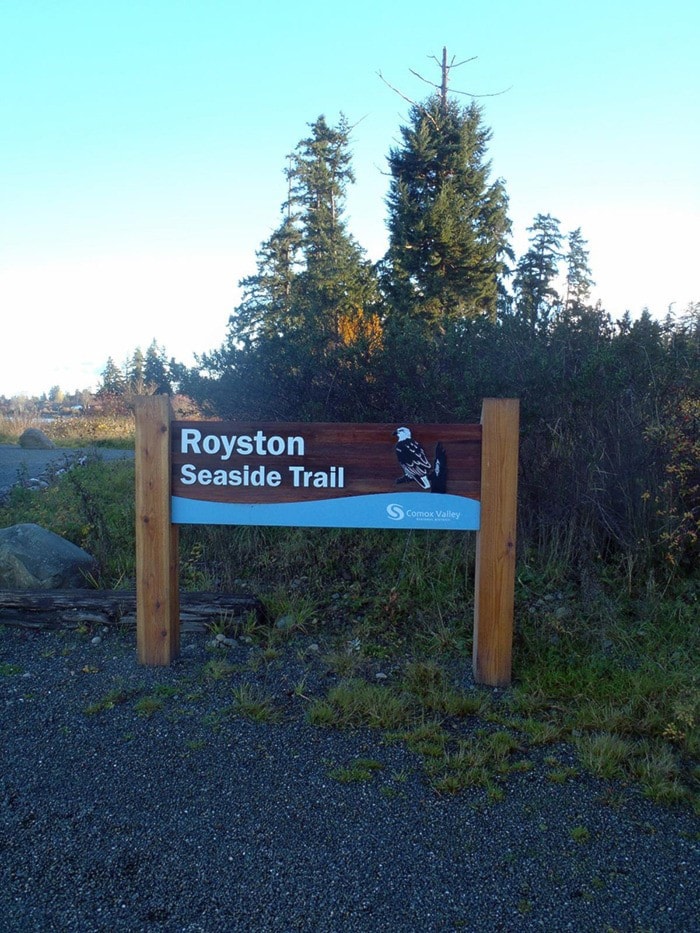The changing of the seasons in the Comox Valley is not usually a clearly defined climatic event. It is more a slow, general melding of late summer into autumn then gradually into winter.
As an example, we had our second light frost of the fall on Sunday evening and we are just now using the last tomatoes from the garden. Many of the leaves were still on the cottonwood and alder trees until this morning.
As I look around my neighbourhood the deciduous trees are now largely naked and ready for the coming winter; the cedars have shed the last of their cones and copper-coloured, scale-shaped needles that cover the driveway and lawn. Stellar Jays, chickadees, juncos and pine siskins, are among the current bird visitors getting ready for the coming winter.
The trumpeter swans have begun to appear in the fields and soon the Ducks Unlimited field will be covered by a huge mass of swan down in the form of large flocks of these magnificent winter residents. A diminishing number of late run coho will complete the annual migration of several species of salmon that have entered our local rivers and streams in their final life renewing spawning events. Deer have retreated to swamps and other secluded forest areas to carry out their breeding rituals.
With the current storm system we are rapidly moving into a winter mode. The weather report is reporting snow conditions in the mountain passes and on some of our Island highways. Last week I was in the Kamloops area where there were few signs of the coming winter, although the poplar trees had lost their leaves.
On Sunday afternoon I accepted an invitation from Tom Murray to join him for a walk along the recently constructed sea side walk at Royston. We drove along the water front at Royston and then went up to the Island Highway and turned off at Hilton Drive to go down to the little parking lot and beginning of the Royston Seaside Trail (as shown in the photograph).
The Comox Valley is inhabited by people who live by the sea – whether you live a short distance inland as we do or live on the seashore as many people in Royston have chosen.
Hunters, fishers, gardeners, farmers, loggers and legions of people who go outdoors for recreational activities come to experience the changing seasons in many ways. If they spend time in the outdoors throughout the year they know that a walk along a beach trail during a sunny day in July is a very different experience than a walk along the same trail during a stormy event in November.
Our walk along the Royston Trail last Sunday was a walk in advance of an approaching storm. It was cold, wet, and challenging but the surprising thing about the little parking lot was that it was full of cars and groups of people of all ages who were dressed for the weather and enjoying the Seaside Trail.
The trail at this point gives access to the collection of shipwrecks that are part of our logging history. The wrecks currently provide a good home for river otters and the water along the beach towards Royston is a favourite for beach cutthroat trout fly fishers.
On Sunday afternoon the mallard ducks were using the sheltered waters as a place to rest out of the storm. If you choose to experience this beautiful seashore keep it free of litter, dog poo and cigarette butts by using the containers provided. Congratulations to the people of Royston and the Comox Valley Regional District on a job well done.
Ralph Shaw is a master fly fisherman who was awarded the Order of Canada in 1984 for his conservation efforts. In 20 years of writing a column in the Comox Valley Record it has won several awards.
